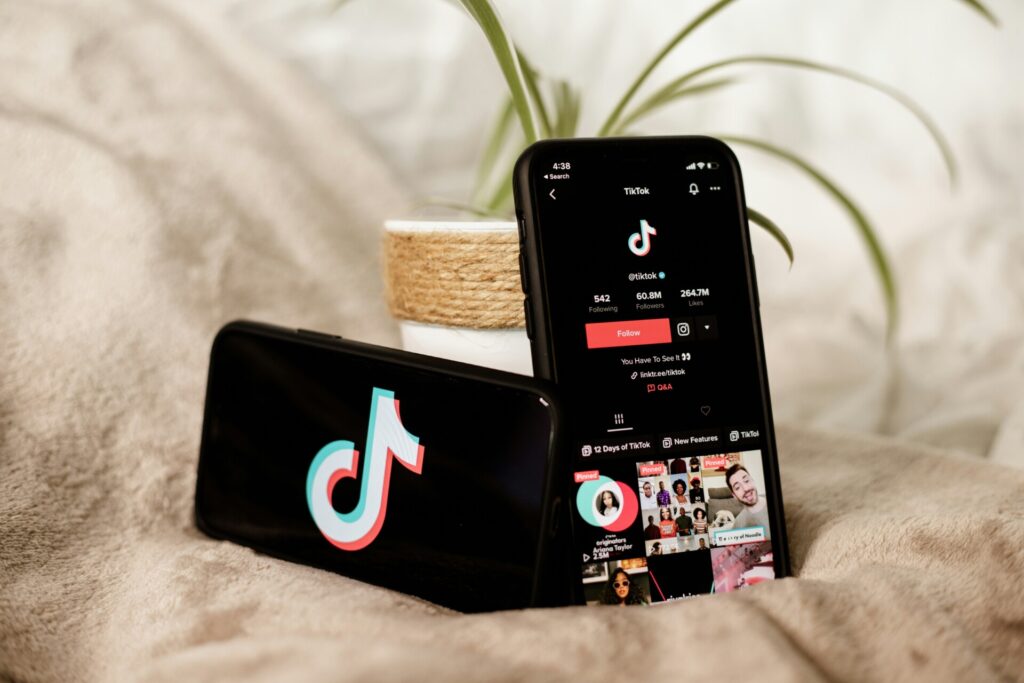
You see an influencer’s post and your first thought is:
“Wow! She’s glowing!”
“Wow! He’s so smooth with it.”
“Wow! The editing, the outfit, the confidence!”
But by the time you’re done being mesmerized, you can’t quite remember what product they were even advertising.
Sound familiar?
In the current digital age, we’ve fallen into a pattern where the influencer becomes the hero of every brand story — and the actual product or service takes a back seat.
But not all influencers operate like that.
Case Study: Kenyan Influencers Who Get It Right
Let’s take a closer look at a few Kenyan influencers who flip this script — they make the product the priority, without losing their personal flair:
1. Joy Kendi

Known for her stunning visuals, Joy creates immersive product-centered content. When she’s doing a hair or fashion collab, the brand gets top billing — through thoughtful styling, seamless transitions, and storytelling that makes you want what she’s showing, not just how she looks.
2. Kate Actress

The queen of relatable influence. Whether she’s working with a supermarket chain or a cleaning product, she embodies the brand message in ways that feel authentic. She builds emotion into the delivery and becomes the brand’s character — not just a billboard.
3. Sharon Mundia (This is Ess)
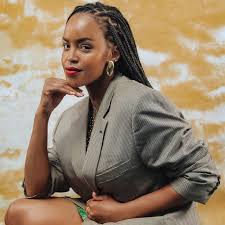
Elegant, curated, and subtle. Sharon has a loyal audience because of how deliberate her voice is. When she showcases a brand, it fits within her life — and makes you feel like there’s a place for it in yours too.
5. Natalie Tewa

Natalie has mastered the art of aesthetic storytelling. Whether she’s promoting a skincare brand, a hotel, or a lifestyle service, there’s a softness and intentionality to her content. Her transitions are clean, her visuals polished, and the product or service always feels like a natural extension of her day. You don’t feel sold to — you feel like you’ve been invited in. That’s powerful.
6. Maureen Bandari
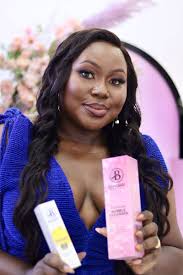
Maureen is a great example of an influencer who has evolved beyond just partnerships. She still works closely with brands — especially in beauty and skincare — but her content has matured into a blend of influencer marketing and entrepreneurship. Her storytelling remains consistent, and her transition into building her own ventures is seamless. She’s proof that you can successfully do both: amplify other brands while building your own.
7. Nancie Mwai
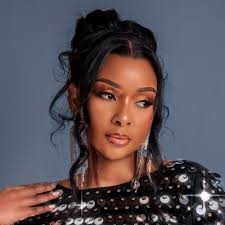
From fashion blogging to makeup line to a business mentor for upcoming brands, Nancie’s journey has been marked by intentional growth. Her content feels premium yet accessible, with visuals that are always product-forward. Whether she’s collaborating or promoting her own line, she makes sure the brand message stays clear, minimalistic and visually appealing.
8. Zia of Zia Africa
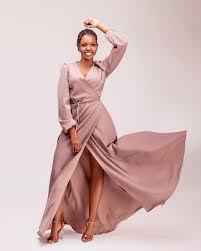
Zia didn’t rise as an influencer — but her visibility has grown with her brand Zia Africa, her clothing line. Her growth has been refreshingly product-led. She rarely centers herself as the “face,” letting her designs, styling, and brand message do the talking. This is a strong example of brand-first visibility, where the product builds its own influence.
So, as a brand — how do you choose the right influencer?
Here’s a breakdown of what to consider when going the influencer route (especially if you’re a small business or community-based brand):
✅ 1. Audience Relevance > Follower Count
- Look at who follows them, not just how many.
- A niche influencer with 10K followers in your target area is more valuable than one with 500K that has no connection to your product category.
✅ 2. Product Placement in Past Collaborations
- Review their past brand deals.
- Did the product actually stand out? Or was it overshadowed by aesthetics and personal branding?
✅ 3. Engagement Quality
- Look at the comments. Are people asking about the product? Do they seem influenced or just admiring the influencer?
- Real engagement converts better than generic “🔥🔥🔥” reactions.
✅ 4. Content Consistency & Style
- Does their style match your brand tone?
- Can your product look natural in their world — or will it feel forced?
If They’re Producing the Content Themselves… What Should You Look For?
- Lighting & Clarity – Can your product be clearly seen? No shadows, no guessing games.
- Storyline – Does the content tell a story where your product solves something or fits into a real-life moment?
- Call-to-Action (CTA) – Are they telling people what to do next? (“Buy via this link”, “Use this code”, “Visit this store”)
- Creative Direction – Are they creative enough to sell your product without being obvious or cheesy?
Final Word: The Goal is Not Just ‘Wow’ — It’s Conversions
You want more than likes and flame emojis. You want:
- Clicks
- Website visits
- Sales
- Store traffic
- Long-term brand recall
So work with influencers who:
✔️ Understand your product
✔️ Can communicate value clearly
✔️ Know how to sell without shouting
✔️ Are open to collaborating on the messaging
Pro Tip:
If you’re a small business with limited budget, go for nano or micro influencers with real community trust. One well-done campaign with the right voice is very necessary in your campaign.
If you found this piece insight full follow iWonderlust Africa for more of this type of content.
On the next read: What Upcoming Creatives in Kenya Need to Know to Reduce the Pressure of Wanting to ‘Make It’ Overnight
